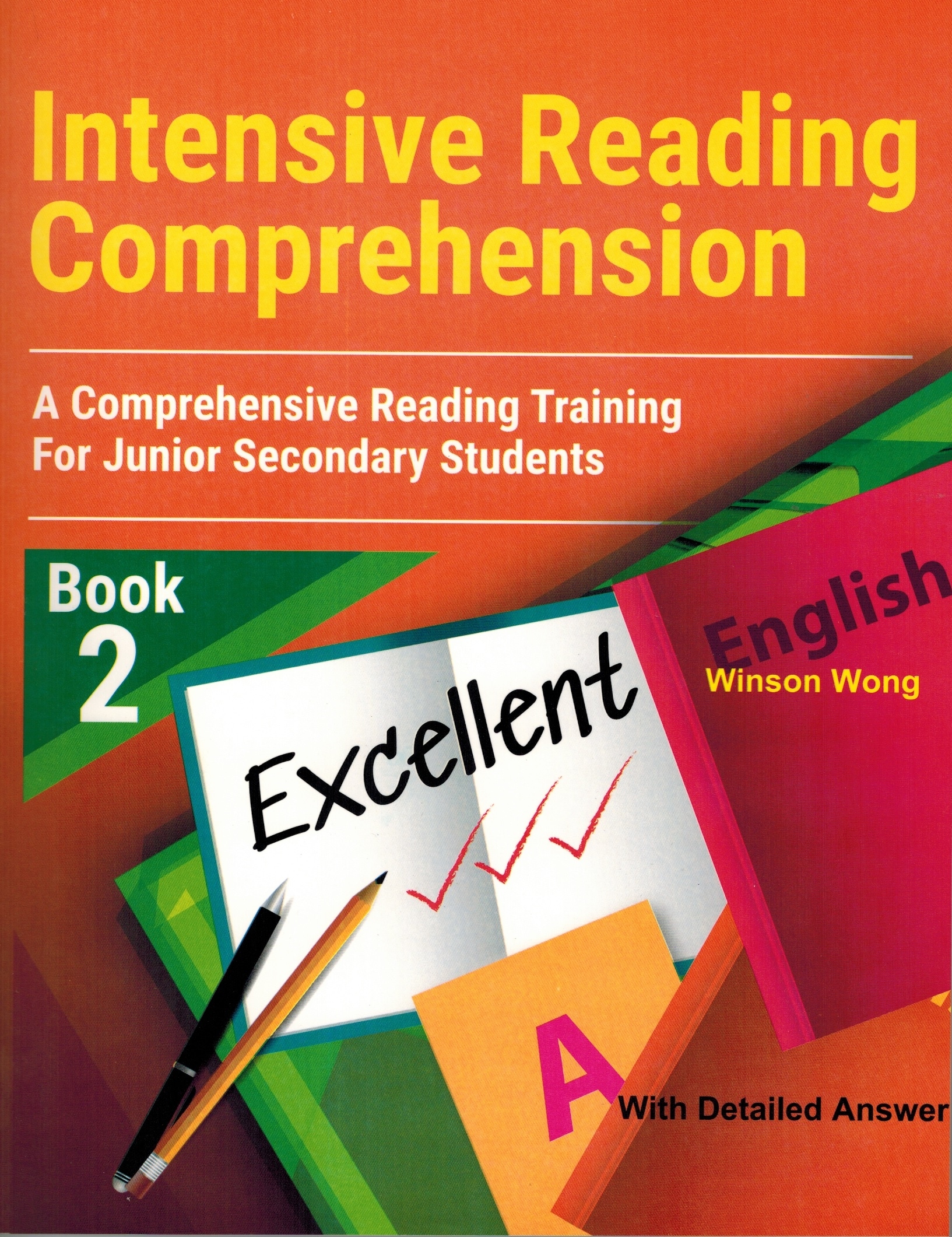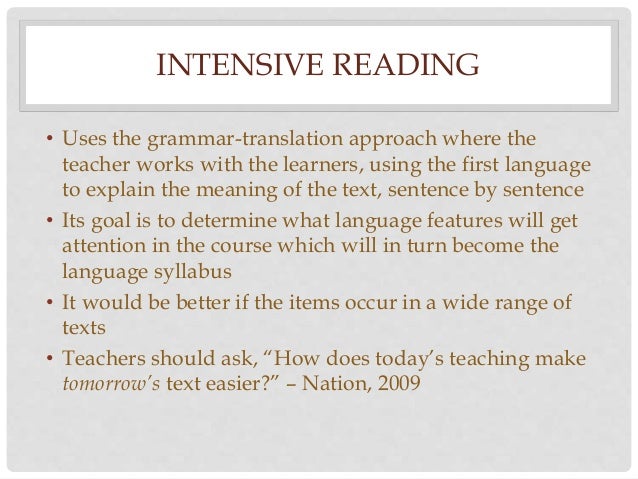Intensive Reading And Extensive Reading Presentation
| Introduction | ||
|---|---|---|
| Intensive reading and extensive reading are two approaches to reading. Both methods have distinct characteristics and serve different purposes. Understanding the differences between intensive and extensive reading can help learners effectively improve their reading skills. | ||
| 1 | ||
| Intensive Reading | ||
|---|---|---|
| Intensive reading focuses on detailed comprehension. It involves close analysis of a text, often sentence by sentence. Intensive reading aims to enhance vocabulary, grammar, and reading comprehension skills. | ||
| 2 | ||
| Intensive Reading Techniques | ||
|---|---|---|
| Careful reading and rereading of the text. Annotation and highlighting of key points or unfamiliar words. Engaging in in-depth discussions or reflections on the text. | ||
| 3 | ||
| Extensive Reading | ||
|---|---|---|
| Extensive reading emphasizes overall understanding and enjoyment. It involves reading extensive amounts of material at a comfortable pace. Extensive reading aims to improve general reading fluency and develop a reading habit. | ||
| 4 | ||
| Extensive Reading Techniques | ||
|---|---|---|
| Choosing materials that are at an appropriate difficulty level. Reading for pleasure and personal interest. Focusing on the overall meaning rather than analyzing every detail. | ||
| 5 | ||
| Benefits of Intensive Reading | ||
|---|---|---|
| Enhances vocabulary acquisition and retention. Improves reading comprehension skills. Helps develop critical thinking and analytical skills. | ||
| 6 | ||
| Benefits of Extensive Reading | ||
|---|---|---|
| Expands general knowledge and exposure to different topics. Increases reading speed and fluency. Develops a love for reading and enjoyment of literature. | ||
| 7 | ||
| Conclusion | ||
|---|---|---|
| Intensive reading and extensive reading are both valuable approaches to improving reading skills. Understanding the purpose and techniques of each method can help learners effectively utilize them. A balanced approach that incorporates both intensive and extensive reading can lead to overall reading proficiency and enjoyment. | ||
| 8 | ||







